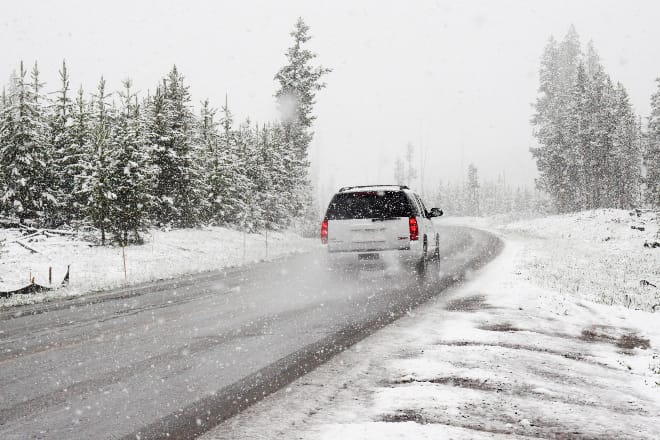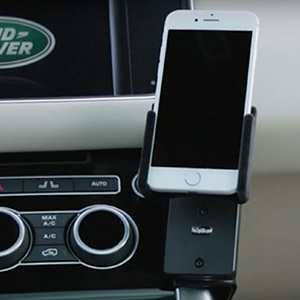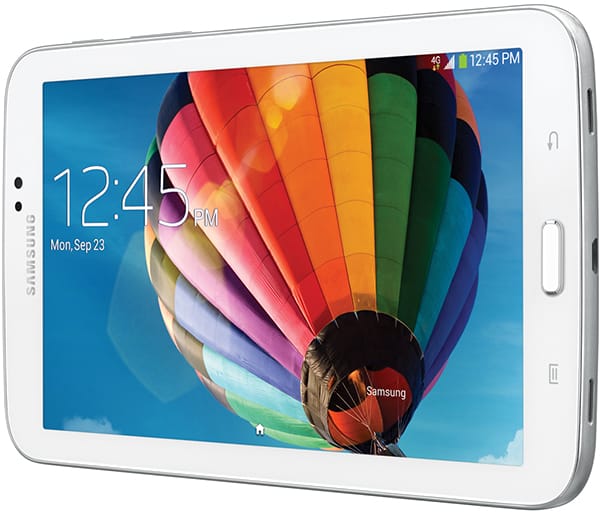Are Winter Tires Really Worth It?
Most of us drive on all-season tires. As the name suggests, they provide adequate grip through summer and winter, plus the seasons in between. The problem is though, they’re a compromise, and compromises are seldom satisfactory.
It’s All About Temperature
Have you ever seen racing drivers weaving to warm their tires? They do that because rubber softens at higher temperatures, and softer rubber grips better. Few of us drive on racetracks, but many will encounter snow, ice and low temperatures. As the mercury dips, your all-seasons stiffen and lose grip. In Canada, (where they know about winter,) drivers are advised to switch to winter tires when temperatures drop below 7C. (That’s 45°F.)
The Winter Tire Difference
Two things distinguish winter tires from all-seasons:
- The rubber compound stays flexible at lower temperatures
- Bigger gaps between the blocks of rubber tread
You’ll notice low temperature flexibility has nothing to do with snow and ice. It’s all about grip. That blocky tread pattern however has everything to do with snow. The gaps create space for the snow to move into, giving you more ‘bite’ on tightly-packed white stuff. In addition, some winter tires have sipes, or razor thin cuts, put into them. (Some are molded this way, and some tire installers will add them if you ask.) As the tire rotates these cuts open up and provide even more edges to bite into the snow.
Why Not Use Winter Tires Year-Round?
First, softer rubber wears out faster. Second, that blocky tread squirms when you’re cornering on dry roads. That doesn’t feel good and makes your car’s handling a little less predictable.
Quantifying the Benefits
Many organizations have done back-to-back testing. Here’s a summary:
- Improved traction. (Winter tires help you get moving as well as stop.) Consumer Reports found winter tires get you up to speed in 25% less time (or distance).
- Ice braking. Consumer Reports noted a 20% reduction in stopping distance while internet retailer Tire Rack reported a 33% reduction.
- Cornering. Hard to quantify but tests in Canada plus those by Consumer Reports and Tire Rack confirmed, when driving on snow you’ll go around corners better on winter tires.
Be careful out there! Driving’s hard enough in good conditions. Winter tires will help keep you safe when the weather’s bad. And a ProClip holder for your phone or tablet will let you drive hands-free safely whatever the weather!
Take a lesson from @camarography on Instagram. A winter storm passed thru as he was driving up to the ProClip headquarters in Madison, Wisconsin. Luckily, he had an extra set of winter tires to make it home safely!





